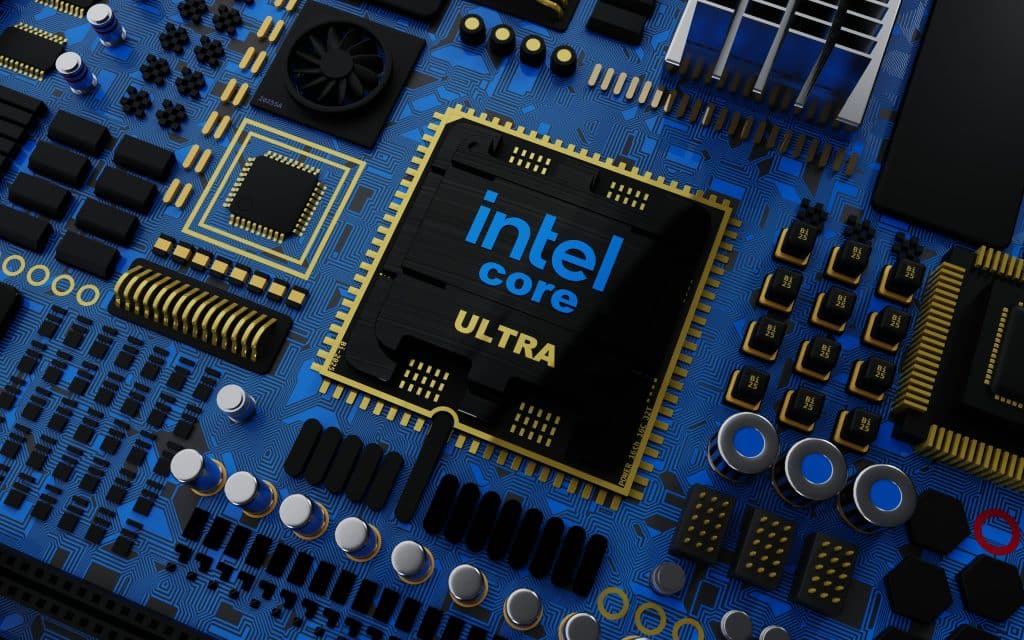Apple’s transition to its own silicon for Macs has significantly impacted Intel. Since Apple’s announcement more than four years ago, Intel has struggled to accept the permanent loss of this business. The shift has not only affected revenue but also highlighted Intel’s lag in processor technology compared to Apple Silicon.
Microsoft’s recent decision to transition its Windows PCs to ARM processors further compounds Intel’s challenges. The introduction of AI-focused, ARM-powered laptops by Microsoft demonstrates a clear shift away from Intel’s x86 architecture. This transition poses a substantial threat to Intel’s dominance in the PC processor market.
Financial Troubles
In the second quarter of 2024, Intel reported a $1.6 billion loss, prompting the announcement of significant job cuts. The company’s revenue growth has not met expectations, and high operating costs have squeezed profit margins. This financial strain necessitates bold actions to stabilize the business.
Intel’s plan to achieve $10 billion in cost savings includes reducing its workforce by 15%. This decision, while difficult, is deemed essential to address the company’s financial issues and prepare for future growth. CEO Pat Gelsinger emphasized the need for these measures to realign the company’s operations with market realities.
Industry Shifts
The growing preference for ARM processors in both consumer and enterprise markets represents a significant industry shift. ARM’s architecture offers benefits in terms of performance and energy efficiency, making it an attractive alternative to Intel’s x86 processors. This trend poses a long-term challenge to Intel’s market position.
The increasing integration of AI technologies into computing devices is another factor influencing industry dynamics. Companies like Apple and Microsoft are leveraging AI to enhance device performance and user experience. Intel’s ability to compete in this evolving landscape depends on its adaptability and innovation in AI technologies.
To regain its competitive edge, Intel must focus on innovation and technological advancement. Investing in research and development to improve its processor technology and explore new markets is crucial. Adapting to industry trends, such as AI and ARM, will be essential for Intel’s long-term success.
Improving operational efficiency is a key component of Intel’s restructuring plan. Streamlining processes, reducing costs, and optimizing resource allocation will help the company navigate its financial challenges. These measures aim to enhance profitability and support sustainable growth.
Implications for the Workforce
The job cuts will affect 15,000 employees, approximately 15% of Intel’s workforce. This reduction is a significant move aimed at reducing costs and improving financial stability. The company plans to complete the majority of these actions by the end of the year.
Intel has committed to providing support for affected employees, including severance packages and assistance with job transitions. The company acknowledges the difficulty of this decision and its impact on the workforce but emphasizes the necessity of these measures for the business’s future viability.
Intel faces a challenging market environment, with increasing competition and shifting industry dynamics. The company’s ability to navigate these challenges will depend on its strategic adjustments and focus on innovation. Success in this endeavor is crucial for Intel’s long-term sustainability.
Despite current difficulties, there is potential for recovery if Intel can effectively implement its restructuring plan and adapt to market changes. Continued investment in technology and a commitment to operational efficiency will be key drivers of this recovery.
Intel’s announcement of 15,000 job cuts highlights the company’s efforts to address significant financial challenges and adapt to a changing industry landscape. The shift away from Intel processors by major players like Apple and Microsoft underscores the need for innovation and strategic realignment.
